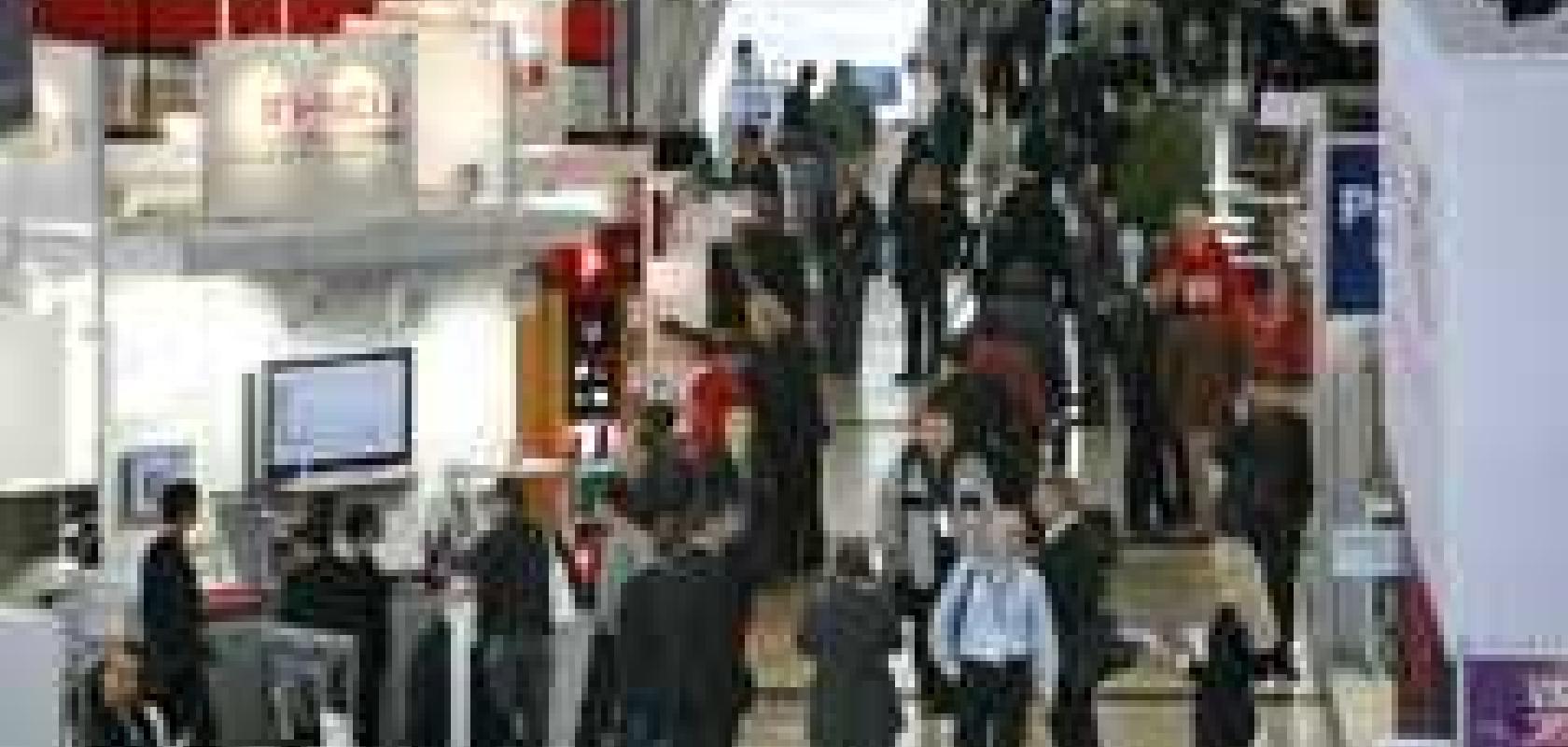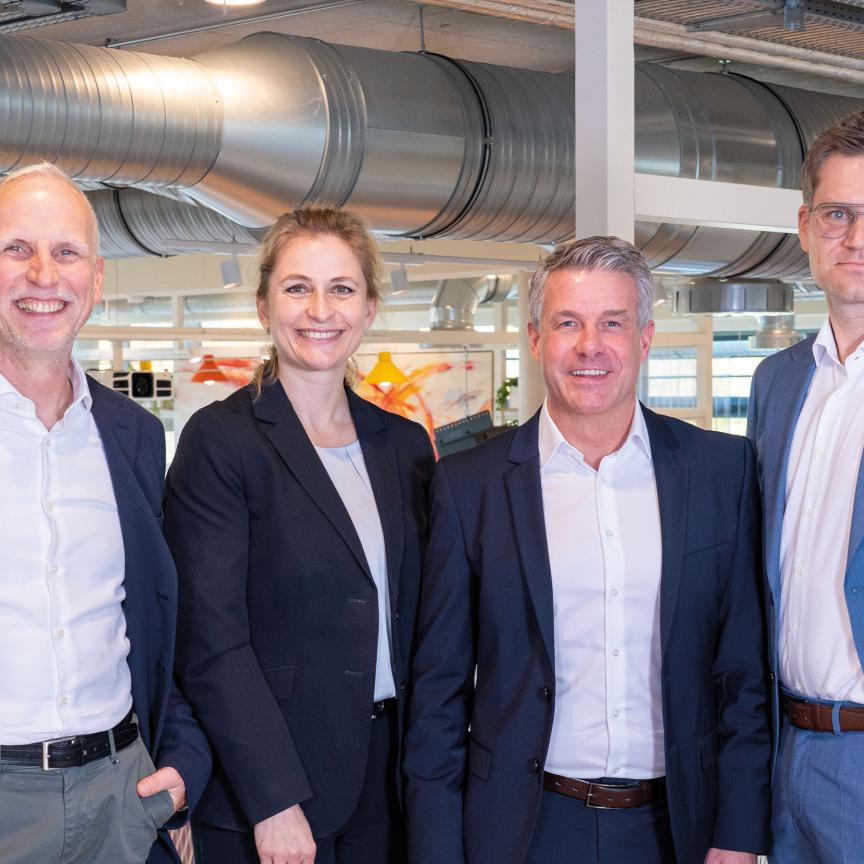The German Machine Vision industry will reach the predicted six per cent increase in turnover for 2008, corresponding to a turnover volume of €1.2 billion, despite the current global financial crisis. That was the message from the VDMA, the German Engineering Federation, detailed in a presentation by Dr Horst Heinol-Heikkinen, managing director of Asentics and a member of the VDMA machine vision executive board.
Heinol-Heikkinen gave his presentation at the international trade fair for machine vision and identification technologies, Vision 2008, and suggested that, while no further growth is expected for 2009, the high level of turnover will be maintained.
The three main industries using machine vision, automotive, electronics, and glass, from which more than half of the revenue generated for machine vision in both Germany and Europe comes, are expected to decline in 2009. According to the current forecast from the Institute for Economic Research, a 1.5 per cent decrease in production is predicted in the automotive industry and a three per cent decrease in both electronics and glass industries.
Heinol-Heikkinen, however, suggests that customer requirements regarding higher quality, greater safety, and innovative products will drive the use of machine vision in production. In addition, new application areas, such as agriculture, recycling, sport, and criminology will open up the use of machine vision.
The open source LeanXcam intelligent camera from Supercomputing Systems, which was announced as winner of the Vision Award at the show, is an excellent example of the potential for machine vision to enter areas where, previously, costs would restrict the use of industrial cameras.
Continuing on the economic theme, Hardy Mehl, director of marketing at Basler Components, commented that Basler's revenue is steadily growing but he sees a difficult market situation to come with the worldwide economic slowdown.
The rise of parallel processing was also evident during the show, with Matrix Vision exhibiting its mvXCell-8i, a PowerXCell-8i PCI Express acceleration board that can be used with Cell/B.E. processors – the processing cores used to provide high-end 3D visualisation in the Playstation 3. The processor also runs IBM's supercomputer, Roadrunner, in Los Alamos. Matrix is working with IBM to provide parallel processing to run banks of cameras, such as those used in high-end security operations in casinos or airports.
MVTec's Halcon software, version 9.0, offers automatic operator parallelisation (AOP) to speed up its image processing algorithms. The software distributes the processing to the available cores, which increases the benefit of using multi-core computers.
Companies from the entire range of different areas making up the machine vision industry were represented at the trade fair, with 292 exhibitors occupying 20,000m2 of hall space. Other highlights included: the Industrial Vision Days, where presentations were given on various topics throughout the course of the show; a machine vision users’ workshop, tailored to those not familiar with machine vision; and an Automotive Application Park, a scaled down testing area showing the types of uses for vision in the automotive industry, as well as many other features.


